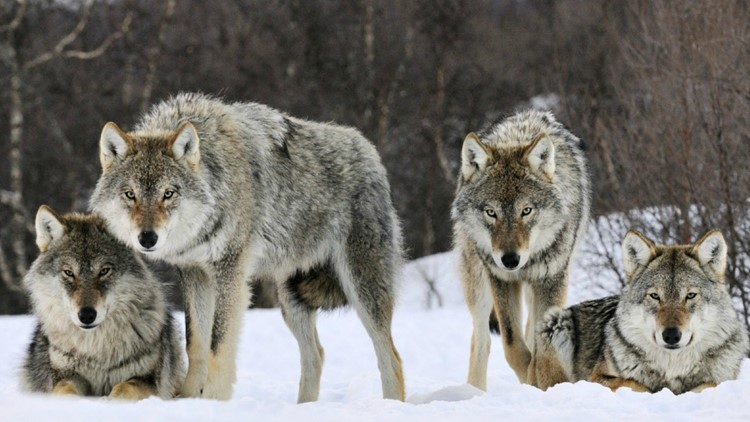SALEM, Oregon — The Washington Department of Fish and Wildlife has told Gov. Jay Inslee it will try "previously unused tools" to protect cattle and avoid shooting wolves in the Kettle River Range, though it did not specify any new tactics.
The department responded to Inslee's complaint that recurrent culling of wolves in the northeast Washington mountain range is unacceptable, Capital Press reported.
The department, which describes the region as "saturated" with wolf packs, has defended killing as a last resort when non-lethal measures failed to keep cattle losses from mounting.
Fish and Wildlife spokeswoman Staci Lehman said the department is starting to discuss and research other non-lethal approaches.
Fish and Wildlife Director Kelly Susewind said the department will meet with an advisory group, the U.S. Forest Service and ranchers to develop a plan by May 1.
Stevens County Cattlemen's Association President Scott Nielsen said ranchers would be open to new, effective measures.
"Man, if we really had something that helped, we'd be all over it," he said. “I don't know what (the department's) new tools would be, and I don't think they do either.”
Kettle Range Conservation Group director Tim Coleman, an advisory group member, said more could be done before wolves are shot, such as use of electric fences or fitting cattle with GPS tags to more closely monitor them. He suggested the public could pay to feed cattle as an alternative to having cattle graze where wolves live.
Department protocol, which is being challenged in court, calls for Susewind to consider authorizing the removal of wolves, usually one or two, after a pack attacks livestock three times in 30 days or four times in 10 months.



